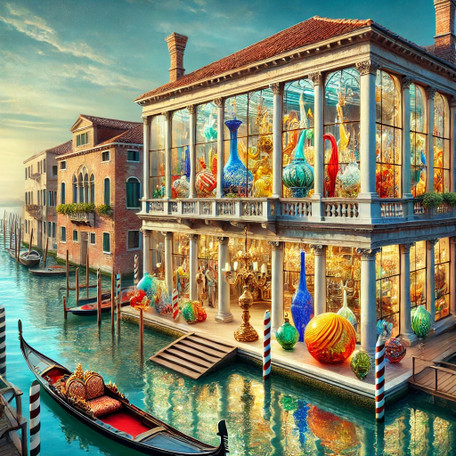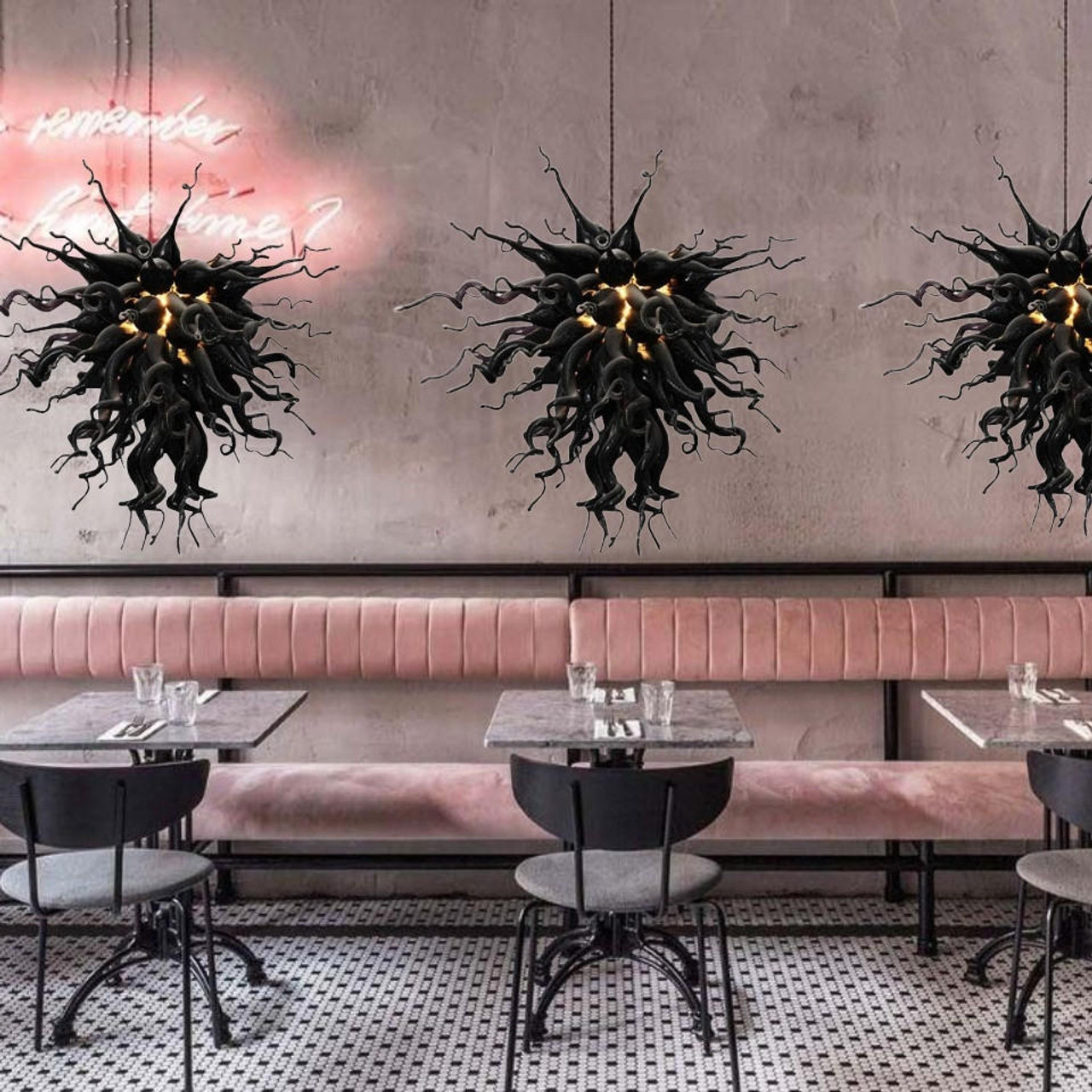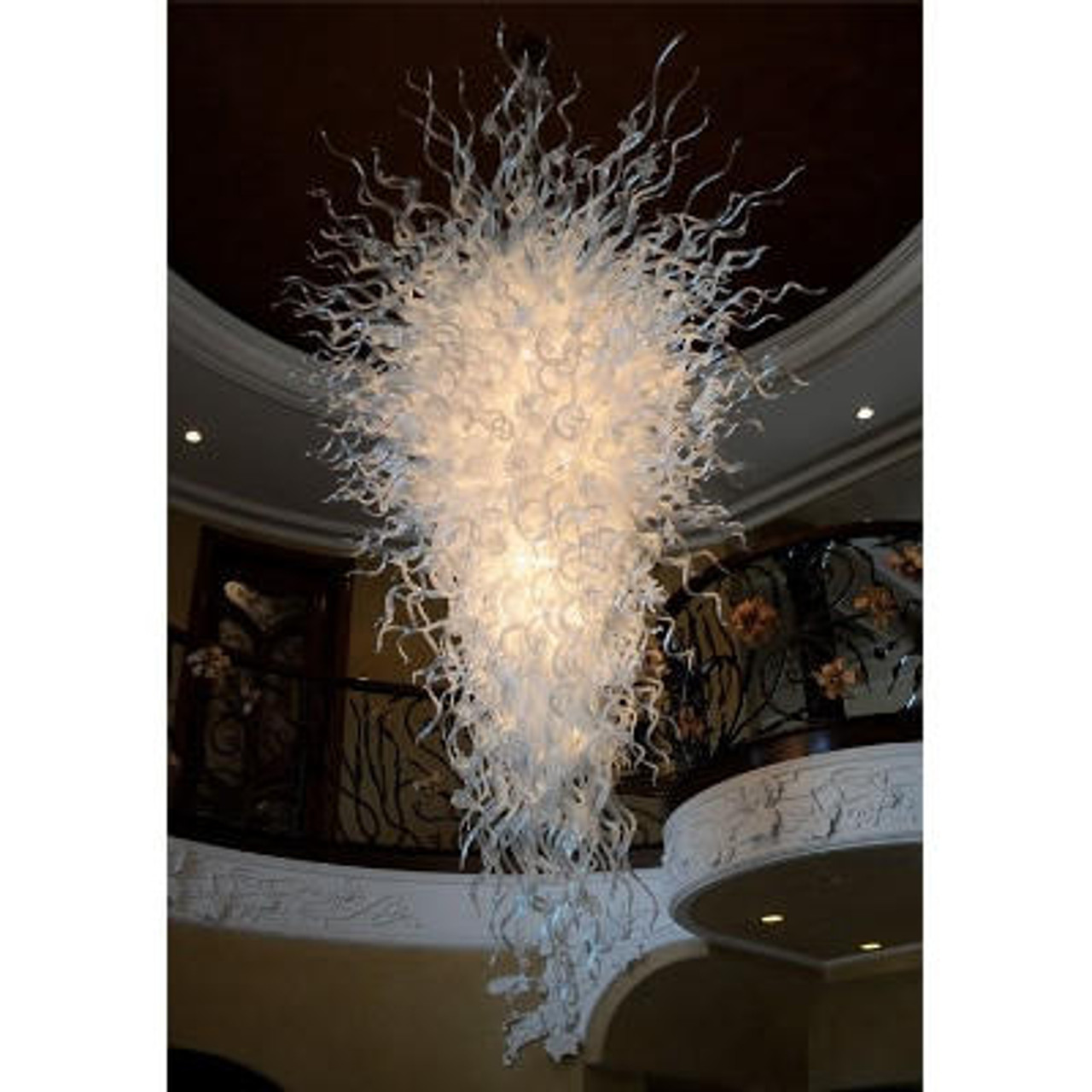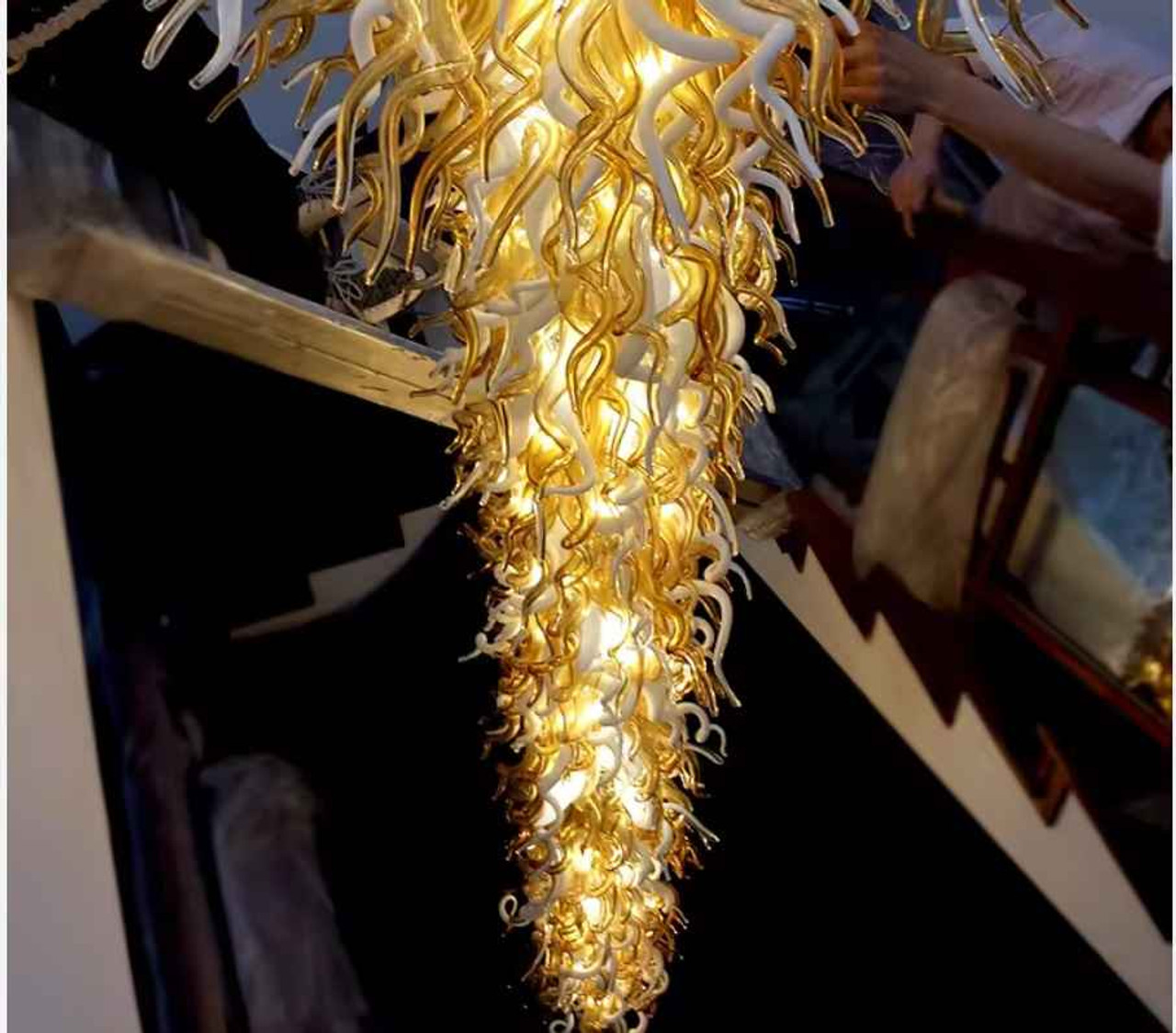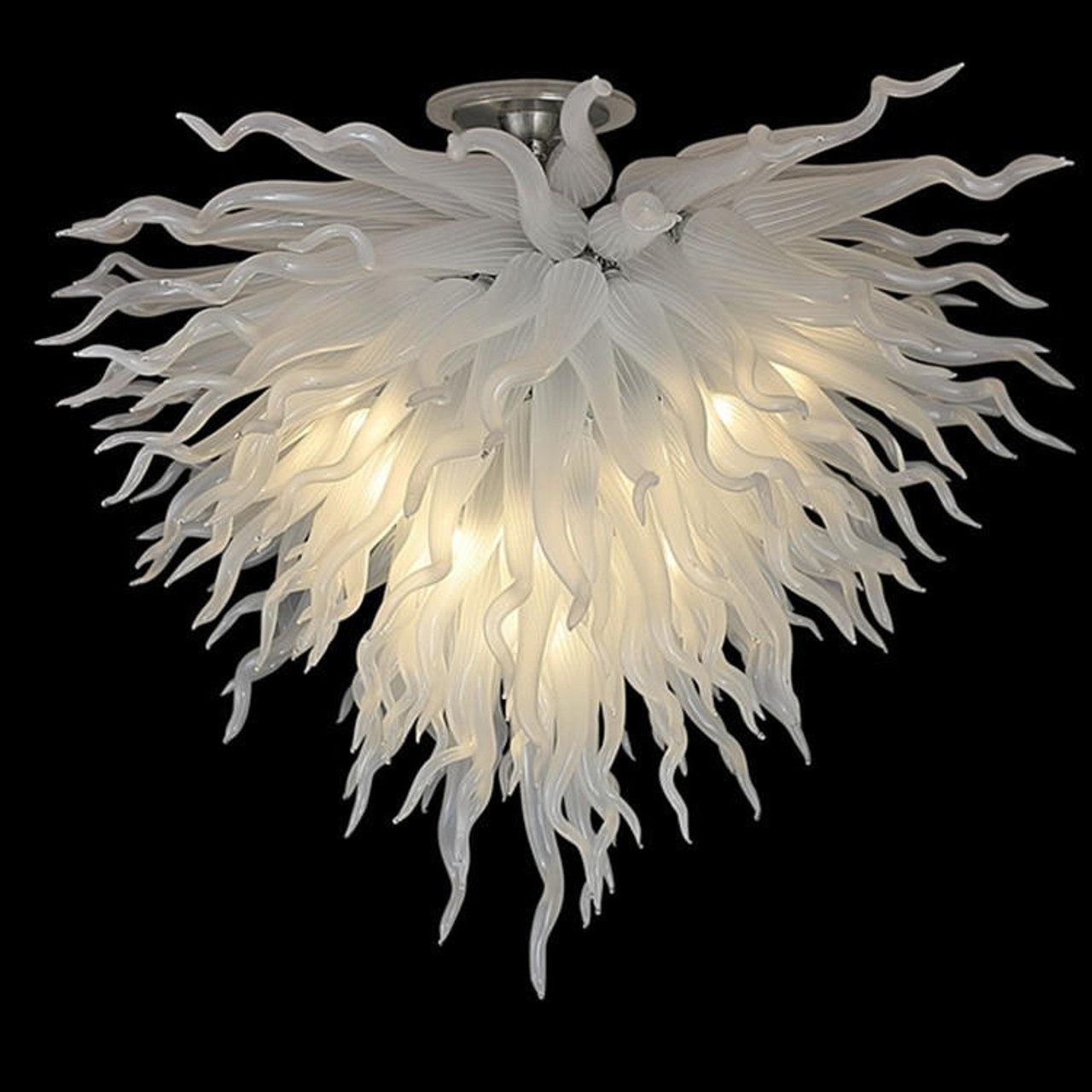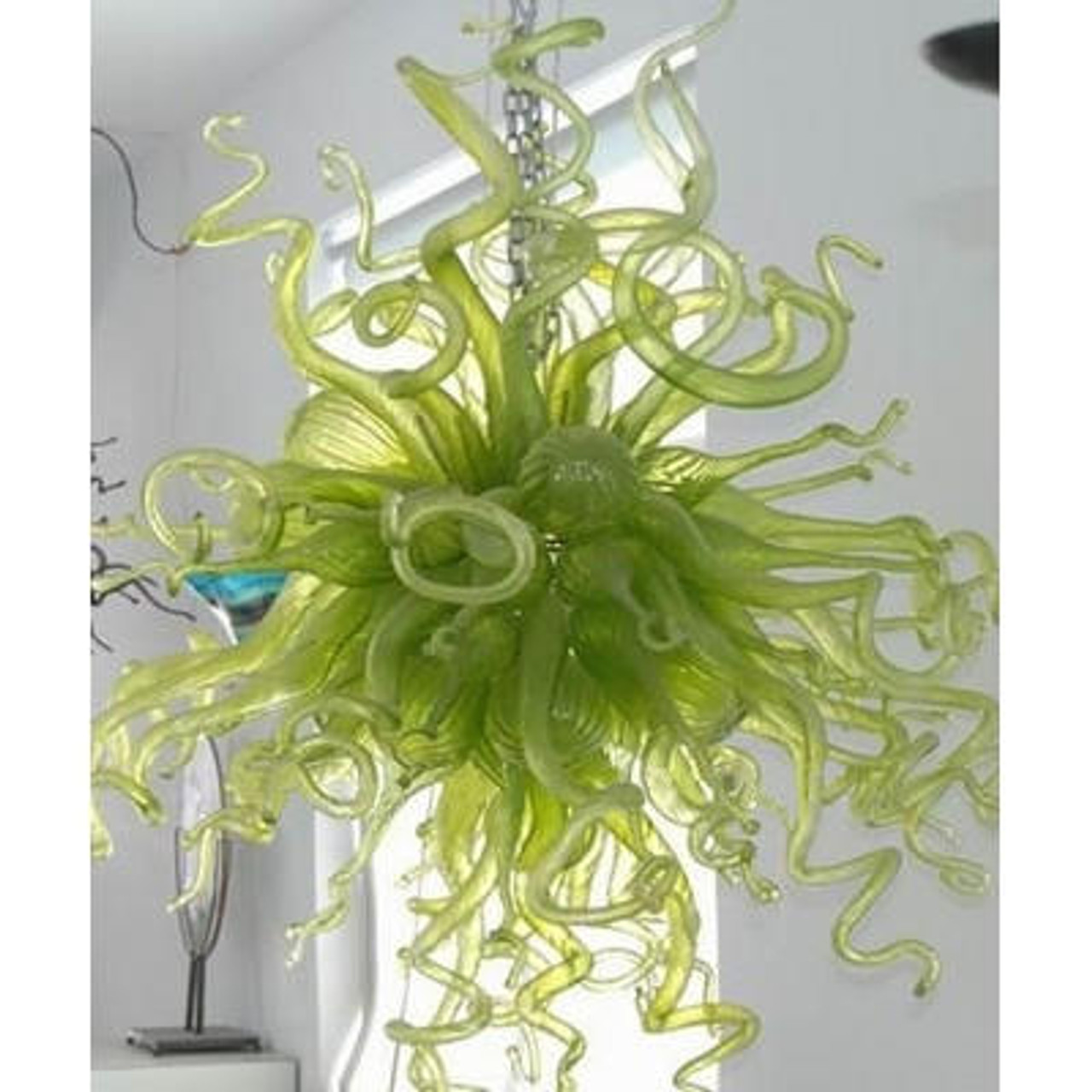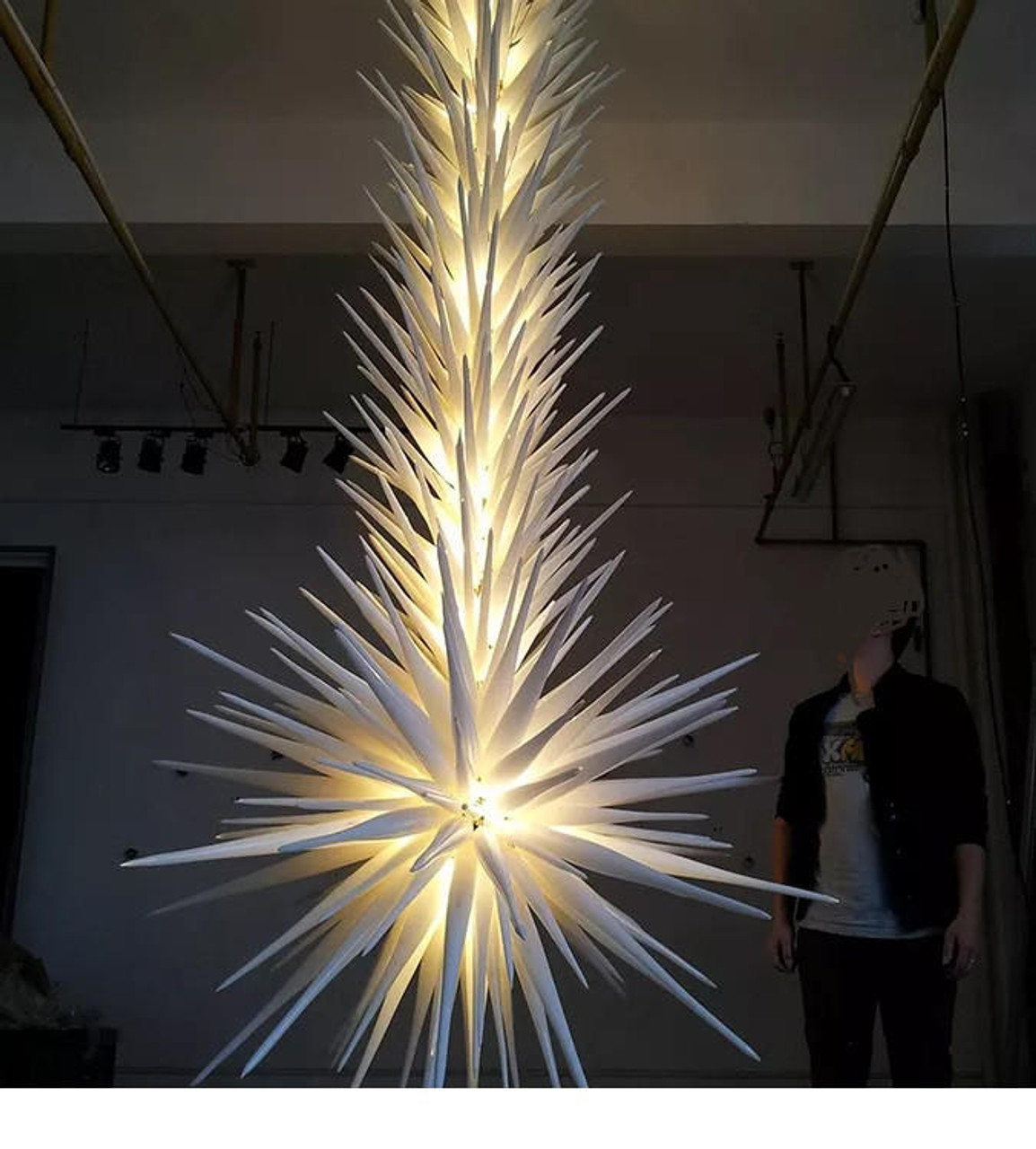Glass Museum Murano Italy: A Comprehensive Guide to the Island's Rich Glassmaking Heritage
31st Aug 2024
Introduction
Murano, Italy, a small island nestled in the Venetian Lagoon, is celebrated globally for its extraordinary glass artistry. For more than seven centuries, Murano has been synonymous with high-quality glass, where master artisans have honed their craft to produce exquisite works of art. The legacy of this rich tradition is meticulously preserved and displayed across a variety of museums on the island. For those venturing into the world of Venetian glassmaking, visiting a glass museum in Murano, Italy, is an absolute must.
This extensive guide introduces you to ten remarkable glass museums in Murano, Italy, offering a deep dive into the island’s storied history, innovative present, and promising future in glassmaking. Whether you’re an art connoisseur or a curious traveler, these museums provide a fascinating window into a craft that has shaped the cultural and economic life of Murano for centuries.
1. Museo del Vetro (Glass Museum)
Among the many glass museums in Murano, Italy, the Museo del Vetro is the most famous and revered. Established in 1861, this museum is housed in the grand Palazzo Giustinian, which was once the residence of the bishops of Torcello. The Museo del Vetro offers an extensive collection that traces the history of glassmaking from its ancient beginnings to contemporary innovations, making it an essential stop for anyone exploring Murano’s glass heritage.
Exhibits and Collections: The Museo del Vetro’s exhibits are organized chronologically, guiding visitors through the evolution of glassmaking techniques and styles over the centuries. The museum’s collection is vast, featuring ancient Roman glass artifacts, Renaissance masterpieces, and stunning 20th-century designs. The Renaissance section is particularly notable, showcasing Murano’s golden age when glassmakers perfected techniques such as blown glass, enamel decoration, and intricate engraving.
The collection also includes delicate millefiori (multicolored glass) pieces, elaborate chandeliers, and intricate filigree work, illustrating the diverse skills of Murano’s artisans. Regularly hosted temporary exhibitions add a dynamic element to the museum, focusing on specific themes or periods in glassmaking and offering fresh insights into this ancient craft.
Visitor Experience: A visit to the Museo del Vetro offers more than just a visual feast. This glass museum murano italy provides guided tours that delve into the history and techniques behind the exhibits, offering visitors a deeper understanding of the art of glassmaking. Additionally, the museum hosts workshops and live demonstrations where visitors can witness the glassblowing process firsthand, making it a truly immersive experience.
2. Barovier & Toso Museum
Another must-see glass museum murano italy is the Barovier & Toso Museum, a private collection belonging to one of the oldest and most prestigious glassmaking families on the island. The Barovier family has been at the forefront of Murano glassmaking since 1295, making their museum an essential stop for anyone interested in the history of this art form.
Exhibits and Collections: The Barovier & Toso Museum showcases an impressive array of Venetian crystal, millefiori glass, and iconic chandeliers. The collection highlights the family’s innovations in glassmaking, which have significantly influenced the global glass industry. One of the museum’s most famous pieces is the Barovier Cup, a stunning example of Venetian glass artistry that reflects the family’s mastery over the craft.
The museum also includes contemporary works that demonstrate how the Barovier & Toso family continues to innovate while maintaining their traditional craftsmanship. These modern pieces blend the old with the new, offering a fresh perspective on Murano glassmaking.
Cultural Impact: The Barovier & Toso family has played a pivotal role in establishing Murano as a global center for glassmaking. Their innovations in design and technique have not only shaped the course of Murano glass but have also set standards for glass artistry worldwide. Visiting the Barovier & Toso Museum provides an in-depth look at this influential family’s contributions and the ongoing evolution of their craft.
3. Museo del Vetro Artistico
For those with a keen interest in contemporary glass art, the Museo del Vetro Artistico is an essential destination. This glass museum murano italy focuses on modern glassmaking techniques and showcases the work of contemporary artists who are pushing the boundaries of what can be achieved with glass.
Exhibits and Collections: The Museo del Vetro Artistico’s collection includes a diverse range of contemporary glass art, from large-scale installations to intricate sculptures. The museum’s exhibits highlight the creativity and innovation of modern glass artists, many of whom use new materials and techniques to challenge traditional ideas about glassmaking.
The museum also regularly hosts temporary exhibitions that explore various themes in contemporary glass art, offering visitors a chance to see the latest trends and developments in this dynamic field. These exhibitions often feature works by emerging artists, making the Museo del Vetro Artistico a key platform for new voices in the world of glassmaking.
Visitor Experience: In addition to its permanent collection, the Museo del Vetro Artistico offers workshops and artist talks that provide visitors with insights into the creative process behind the exhibits. These interactive experiences make the museum not just a place to view art but also a space for learning and exploration.
4. Vetreria Artistica Colleoni
Vetreria Artistica Colleoni is a working glass studio that offers visitors a more interactive experience. Unlike traditional museums, this glass museum in Murano, Italy, is a vibrant workshop where visitors can watch artisans at work, creating beautiful glass objects using traditional techniques.
Exhibits and Collections: The collection at Vetreria Artistica Colleoni includes a wide range of glass objects, from simple vases to elaborate sculptures. Each piece is crafted using the time-honored techniques that have been passed down through generations of Murano glassmakers. The museum’s collection reflects the diversity of Murano glass, showcasing both functional items and decorative art.
Visitor Experience: What sets Vetreria Artistica Colleoni apart is its emphasis on live demonstrations and hands-on experiences. Visitors can observe skilled glassblowers as they shape molten glass into intricate designs, offering a fascinating insight into the glassmaking process. The museum also offers workshops where visitors can try their hand at creating their own glass objects, making it a favorite among tourists who want a more immersive experience.
5. Abate Zanetti School of Glass
The Abate Zanetti School of Glass is both an educational institution and a glass museum in Murano, Italy. Founded in 1862, the school has been a center for glassmaking education and innovation for over 150 years. The school’s museum showcases the work of students and faculty, providing a glimpse into the future of Murano glassmaking.
Exhibits and Collections: The museum’s collection includes a variety of works created by students and faculty, ranging from traditional designs to experimental pieces that push the boundaries of glass art. The exhibits highlight the school’s role in preserving and advancing the art of glassmaking, with a particular focus on the latest techniques and trends in the industry.
The Abate Zanetti School of Glass also houses a rich archive of historical documents and rare books on glassmaking, providing invaluable resources for researchers and enthusiasts alike. These archives offer deep insights into the evolution of glassmaking techniques and the history of the craft on Murano.
Visitor Experience: Visitors can take guided tours of the school’s facilities, including the glassblowing studios and the museum. The school also offers short courses and workshops for those who want to delve deeper into glassmaking techniques. These educational programs are designed to cater to different skill levels, from beginners to advanced practitioners.
The school’s gallery also regularly hosts exhibitions featuring the work of renowned glass artists from around the world, providing a global perspective on contemporary glass art. This combination of education, history, and innovation makes the Abate Zanetti School of Glass a unique and enriching experience for visitors seeiking the best glass museum murano Italy.
.
6. Berengo Studio
Berengo Studio is a pioneering art studio that has been instrumental in integrating glass into the contemporary art scene. Founded in 1989 by Adriano Berengo, the studio has collaborated with numerous international artists to create innovative glass artworks that blur the boundaries between craft and fine art. This glass museum in Murano, Italy, is a must-visit for those interested in the cutting edge of glass art.
Exhibits and Collections: The Berengo Studio collection includes works by some of the most prominent artists of our time, such as Ai Weiwei, Koen Vanmechelen, and Laure Prouvost. These pieces often take the form of large-scale installations or sculptures that use glass in novel and thought-provoking ways. The studio’s commitment to pushing the boundaries of glass art has made it a unique destination for art lovers and collectors alike.
Visitor Experience: Visitors to Berengo Studio can explore the gallery and workshop, where they can observe artists at work and learn about the creative processes behind the pieces on display. The studio also hosts temporary exhibitions and special events that showcase the latest developments in glass art, making it a dynamic and ever-evolving space.
In addition to its artistic endeavors, Berengo Studio plays a significant role in promoting cultural exchange. The studio regularly participates in international art fairs and exhibitions, bringing Murano glass to a global audience. By fostering collaborations between glassmakers and contemporary artists, Berengo Studio ensures that Murano’s glassmaking tradition continues to evolve and thrive in the modern art world.
7. Museo Correr’s Glass Section
Located in Venice’s St. Mark’s Square, the Museo Correr offers a broader context for understanding the history and cultural significance of Venetian glass. While not located on Murano itself, the museum’s glass section is an important part of the island’s story, providing a comprehensive overview of how Murano glass has influenced Venetian art and architecture.
Exhibits and Collections: The glass section of Museo Correr features a variety of historical glassworks, including goblets, mirrors, and chandeliers that were once part of grand Venetian palaces. The exhibits highlight the role of Murano glass in Venetian society, showcasing pieces that reflect the opulence and sophistication of the city’s artistic heritage.
The museum also includes a selection of glass mosaics, which were commonly used in Venetian churches and public buildings. These mosaics demonstrate the versatility of Murano glass and its use in both functional and decorative contexts.
Visitor Experience: A visit to the Museo Correr provides a comprehensive view of Venetian history, with the glass section offering a focused exploration of the role that Murano glass has played in shaping the city’s cultural identity. The museum’s location in St. Mark’s Square makes it a convenient addition to any Venice itinerary, and its exhibits provide valuable context for those planning to visit the glass museums on Murano.
8. Museo di Palazzo Mocenigo – Perfume and Glass Museum
The Museo di Palazzo Mocenigo is a unique museum that combines the history of perfume with the art of glassmaking. Housed in a beautifully restored Venetian palace, this glass museum in Murano, Italy, explores the connection between glass and the perfume industry, which has deep roots in Venetian culture.
Exhibits and Collections: The museum’s collection includes a stunning array of perfume bottles made from Murano glass, as well as displays that explore the history of perfume production in Venice. The exhibits highlight the intricate craftsmanship involved in creating these delicate glass containers, which were often as valuable as the perfumes they held.
In addition to the perfume bottles, the museum features a selection of Venetian glass mirrors and other decorative items that reflect the luxurious lifestyle of the Venetian nobility. The combination of glass and scent in the museum’s exhibits offers a multisensory experience that is both educational and evocative.
Visitor Experience: Visitors can explore the museum’s lavishly decorated rooms, which provide a glimpse into the opulent world of Venetian high society. The perfume and glass exhibits are complemented by interactive displays and workshops that delve into the science of scent and the art of glassmaking.
The Museo di Palazzo Mocenigo also offers guided tours that explore the history of the palace and its inhabitants, providing a broader context for understanding the cultural significance of the exhibits. For those interested in both glassmaking and the history of luxury goods, this glass museum murano Italy offers a unique and enriching experience.
9. Loredano Rosin Glass Museum
Dedicated to the work of Loredano Rosin, one of Murano’s most celebrated contemporary glass artists, the Loredano Rosin Glass Museum offers an intimate look at the life and work of this influential artist. Rosin was known for his innovative techniques and his ability to transform glass into expressive, sculptural forms. This glass museum in Murano, Italy, is a must-visit for those interested in modern glass art.
Exhibits and Collections: The museum’s collection includes a wide range of Rosin’s works, from abstract sculptures to more figurative pieces. The exhibits highlight Rosin’s mastery of the material, showcasing his ability to capture movement, emotion, and narrative in glass. His works often explore themes of human experience, making them both visually striking and thought-provoking.
In addition to Rosin’s own works, the museum also features a selection of pieces by other contemporary glass artists, providing a broader context for understanding Rosin’s contributions to the field. The museum’s exhibits are arranged to reflect different periods of Rosin’s career, offering a comprehensive overview of his artistic evolution.
Visitor Experience: Visitors can explore the museum’s galleries, which are designed to create an intimate and contemplative atmosphere. The museum also offers guided tours that provide insights into Rosin’s techniques, influences, and creative process. For those interested in the intersection of art and craft, the Loredano Rosin glass museum murano Italy offers a unique and inspiring experience.
10. Venini Museum
The Venini Museum is dedicated to celebrating the history and impact of the Venini glassworks, one of Murano’s most prestigious and influential glassmaking companies. Founded in 1921 by Paolo Venini, the company has been a driving force in the evolution of Murano glass, known for its innovative designs and collaborations with leading artists. This glass museum in Murano, Italy, offers a fascinating exploration of the Venini legacy.
Exhibits and Collections: The Venini Museum’s collection includes some of the most iconic designs produced by the company, ranging from elegant vases to complex lighting fixtures. The exhibits showcase the company’s commitment to innovation, blending traditional Murano techniques with modern aesthetics. Highlights include pieces from the mid-20th century, a period when Venini collaborated with artists like Gio Ponti and Carlo Scarpa to create groundbreaking designs.
In addition to its historical collections, the museum also features contemporary works that demonstrate how Venini continues to push the boundaries of glass design. These pieces reflect the company’s ongoing commitment to excellence and its influence on the global glass industry.
Visitor Experience: Visitors can tour the Venini factory to see the glassmaking process in action, followed by a visit to the museum, where they can learn more about the history and impact of Venini glass. The museum also features a gift shop where visitors can purchase authentic Venini pieces, ranging from small decorative items to larger, more elaborate works.
The Venini Museum provides a comprehensive look at one of Murano’s most important glassmaking companies, offering insights into both the technical and creative aspects of glass design. For those interested in the history of design and innovation, the Venini Museum is an essential stop on any glass museum murano Italy itinerary.
The Role of Glass Museums in Murano, Italy, in Preserving and Promoting the Art of Glassmaking
Each glass museum in Murano, Italy, plays a crucial role in preserving the island’s rich cultural heritage and promoting the art of glassmaking to a global audience. These museums are not just repositories of beautiful objects; they are living institutions that foster education, innovation, and cultural exchange. By showcasing both historical and contemporary works, these museums ensure that the tradition of Murano glassmaking remains vibrant and relevant in the modern world.
The glass museums of Murano also serve as centers of learning and inspiration for future generations of glass artists. Through workshops, demonstrations, and educational programs, these museums provide invaluable opportunities for aspiring glassmakers to hone their skills and learn from the masters. By nurturing new talent and encouraging creative experimentation, the glass museums of Murano play a vital role in ensuring the continuity and evolution of this ancient craft.
Moreover, these museums act as cultural ambassadors, bringing the beauty and craftsmanship of Murano glass to the world. Through international exhibitions, collaborations with global artists, and participation in art fairs, the glass museums of Murano help to promote the island’s glassmaking tradition on a global scale. This not only raises awareness of the cultural significance of Murano glass but also helps to protect and preserve it for future generations.
Conclusion
The glass museums of Murano, Italy, offer visitors a unique and immersive experience that goes beyond simply viewing beautiful objects. These institutions provide a deep and comprehensive exploration of the history, artistry, and innovation that have made Murano glass famous around the world. From the ancient techniques preserved at the Museo del Vetro to the cutting-edge designs showcased at Berengo Studio, the glass museums of Murano celebrate both the past and the future of glass art.
Whether you are an art enthusiast, a history buff, or simply a curious traveler, a visit to a glass museum in Murano, Italy, is an experience you will not want to miss. These museums offer a window into a world of extraordinary craftsmanship, creativity, and cultural heritage, providing insights into both the technical and artistic aspects of glassmaking.
By supporting these museums, whether through visiting, purchasing authentic Murano glass, or participating in their educational programs, you are helping to ensure that the tradition of Murano glass continues to thrive for generations to come. So, when you plan your next trip to Venice, be sure to set aside time to explore the incredible glass museums of Murano, Italy. You will leave with a greater appreciation for the artistry and craftsmanship that have made Murano a global icon in the world of glassmaking.

